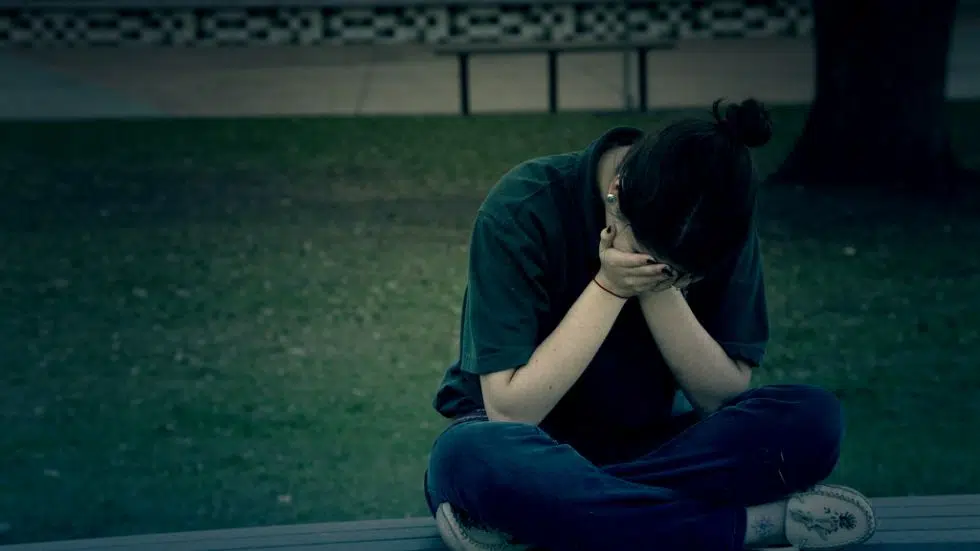
Empowering community, individual key to combating suicide: experts
When one learns four girls, as young as 10-years-old, committed suicide on remote Northern Saskatchewan communities, the first reaction might well be ‘why?’
Two experts explained why suicide may be more prevalent in First Nations communities, and what can be done to mitigate tragedy.
Dr. Rod McCormick, endowed research chair in aboriginal health at Thompson Rivers University and nationally-recognized expert on First Nations mental health, spoke about the recent suicides of four young girls – two in Stanley Mission, one in La Ronge and the most recent in Deschambault Lake.
While McCormick acknowledged the benefit of the numerous new mental health support resources put in place in both communities, he said support workers must overcome their preconceived notions if they want to help First Nations communities.


